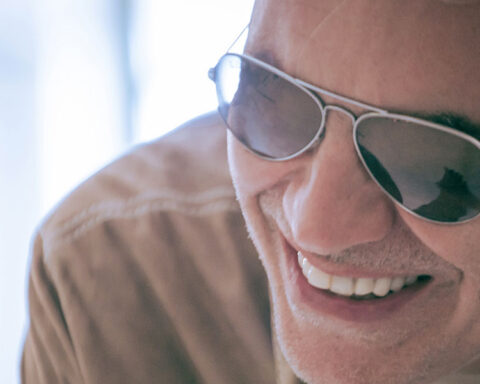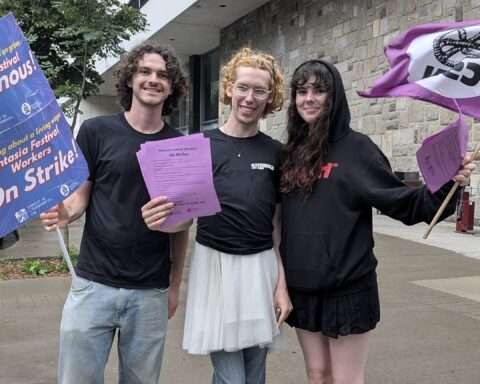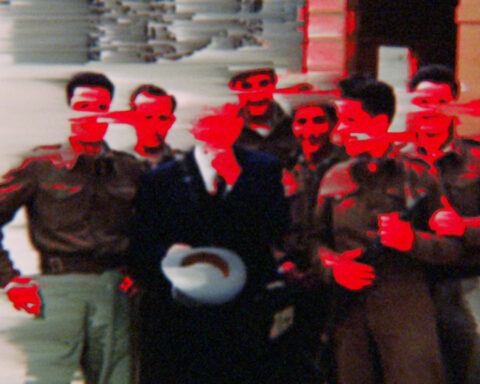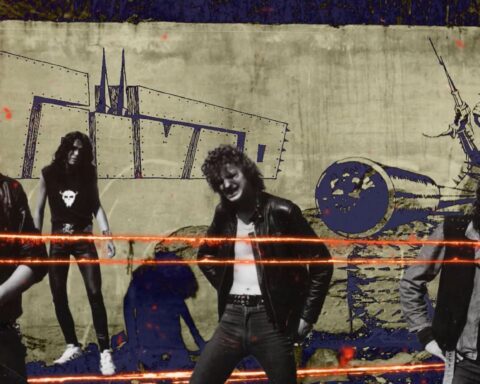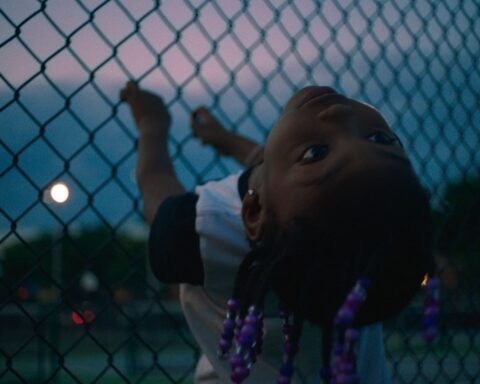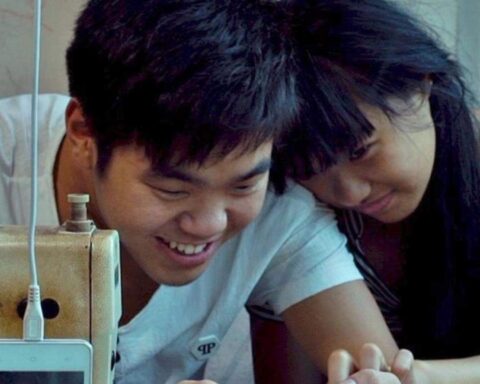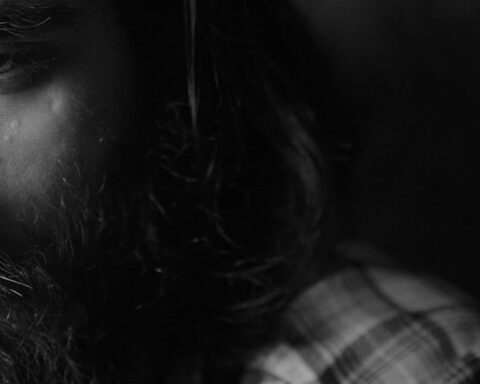2004 marked the end of an era for the Ottawa International Animation Festival (OIAF). After 28 years, the festival is going annual.
Why depart from the successful alternating year format? Well, there are benefits in funding and continuity but the main reason is that animation has changed. It’s big business now and the festival has to go big time to reflect that growth.
This puts OIAF in the tricky position of trying to serve two masters. Unlike Images, which serves a clearly independent film community, OIAF has to answer to the growing needs of the animation industry without neglecting the independents. So how will Artistic Director Chris Robinson and Managing Director Kelly Neal manage this feat?
OIAF’s success has always included a few key things: provocative films, even if you hate them; an atmosphere where animators from every facet and strata can mingle; and a good track record for keeping up with new developments. The most recent edition was no exception and as something of a transitional event, gives an essentially positive message for the future.
The 2004 film selection was dominated by one title: Chris Landreth’s Ryan (Canada, 2004), by far the most exciting thing on the screen. Former NFB filmmaker Ryan Larkin’s appearance as guest of honour was more of a mixed blessing. It was obvious that he wasn’t handling his rekindled recognition all that well. Still, it was a pleasure to see his film, Walking (Canada, 1969), on the big screen again and to know that this event and Landreth’s film were introducing him to a new generation.
Other noteworthy works included The Crab’s Revolution (Arthur de Pins, France, 2004), an entertaining film about the tragic plight of French crabs and the promising Son of Satan (SOS) (USA, 2003), J.J. Villard’s dark trip inside the mind of a bully. SOS was also honoured at the 2003 International Student Animation Festival of Ottawa (SAFO), an event that used to alternate with OIAF, beginning in 1997.
As for new developments, Ottawa 04 featured the Television Animation Conference (TAC) on one end of the spectrum and the New Media Competition on the other. TAC drew an international gathering of television producers and focused on such topics as the recent emergence of China as a consumer of new animation instead of just an overseas producer for the North American market. The New Media Competition featured films made for the Internet and Machinama films, providing an interesting if somewhat erratic overview of this lively scene.
All this bodes well but other changes are coming and they won’t be without a price.
There will be a greater emphasis on new films and industrial events, and this will likely mean fewer retrospectives and workshops. The workshops have always given festival-goers a chance to see top people at close range. And the retrospectives are the curatorial arm of the festival, a critical, if unsung-role. Who else has the capacity to show us our history, to gather the works of significant animators—some still well known, others fallen into obscurity—and offer them on a big screen? For Robinson, the practical decision to put less emphasis on these events would clearly be made reluctantly. I’m still hoping there’s a creative approach that will ensure they remain a vital part of the festival.
The other shame is the loss of SAFO, which was just finding its feet. Though some form of student focus will be retained in the new annual event, SAFO had those qualities that reminded me of the early days of OIAF; it was a festival on a truly human scale.
As I began work on this column, I thought about the crisis two years ago when Telefilm threatened to pull funding from festivals it didn’t deem commercially relevant. Then I thought about a film like _Ryan_ and remembered that it was OIAF which brought Landreth and Larkin together in the first place.
My favourite moment at Ottawa 04 was watching Fred Crippen, the creator of Roger Ramjet, exchanging war stories with experimental animator, Robert Breer. Landreth and Larkin, Crippen and Breer—who knows what other unlikely but inspiring encounters, ones that benefit art and commerce, have been made possible at Ottawa.
It’s this kind of mix and match on every level that makes the Ottawa festival so charming. I trust OIAF will resist any pressure to sanitize itself and continue to follow its own quirky path to the big time.




